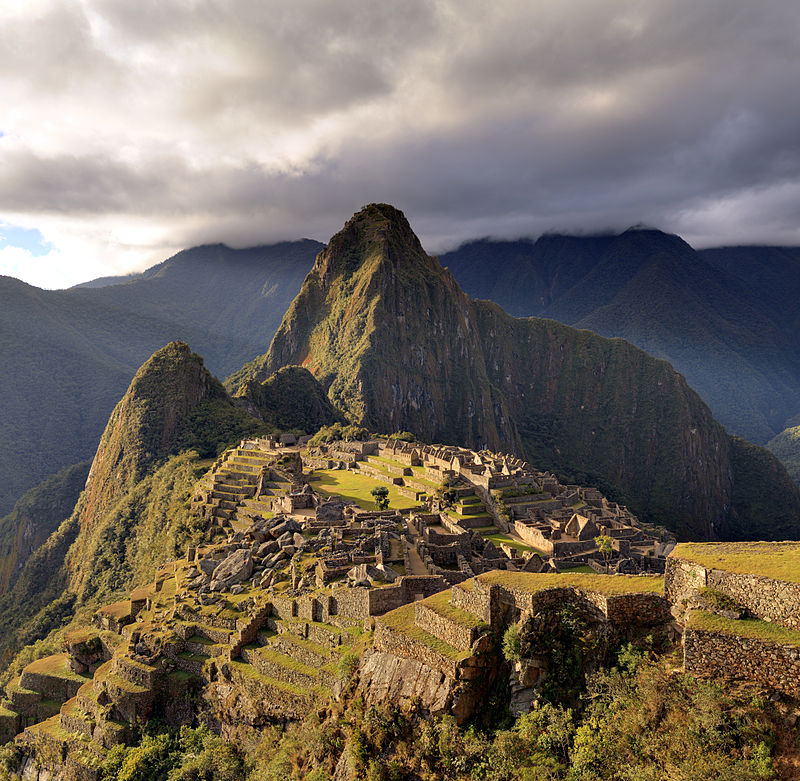Good morning, Whitewater.
Our Friday will be partly cloudy with a high of eighty-five. Sunrise is 5:38 and sunset 8:23, for 14h 45m 03s of daytime. The moon is a waxing gibbous with 53.6% of its visible disk illuminated.
American archeologist Hiram Bingham gets his first look at Machu Picchu, an ancient Inca settlement in Peru that is now one of the world’s top tourist destinations.
Tucked away in the rocky countryside northwest of Cuzco, Machu Picchu is believed to have been a summer retreat for Inca leaders, whose civilization was virtually wiped out by Spanish invaders in the 16th century. For hundreds of years afterwards, its existence was a secret known only to the peasants living in the region. That all changed in the summer of 1911, when Bingham arrived with a small team of explorers to search for the famous “lost” cities of the Incas.
Traveling on foot and by mule, Bingham and his team made their way from Cuzco into the Urubamba Valley, where a local farmer told them of some ruins located at the top of a nearby mountain. The farmer called the mountain Machu Picchu, which meant “Old Peak” in the native Quechua language. The next day–July 24–after a tough climb to the mountain’s ridge in cold and drizzly weather, Bingham met a small group of peasants who showed him the rest of the way. Led by an 11-year-old boy, Bingham got his first glimpse of the intricate network of stone terraces marking the entrance to Machu Picchu.
The excited Bingham spread the word about his discovery in a best-selling book, sending hordes of eager tourists flocking to Peru to follow in his footsteps up the Inca trail. The site itself stretches an impressive five miles, with over 3,000 stone steps linking its many different levels. Today, more than 300,000 people tramp through Machu Picchu every year, braving crowds and landslides to see the sun set over the towering stone monuments of the “Sacred City” and marvel at the mysterious splendor of one of the world’s most famous man-made wonders.
A Google a Day asks a question about literature:
Which mourning character does the second narrator visit in Europe at the end of Conrad’s 1902 novella?

